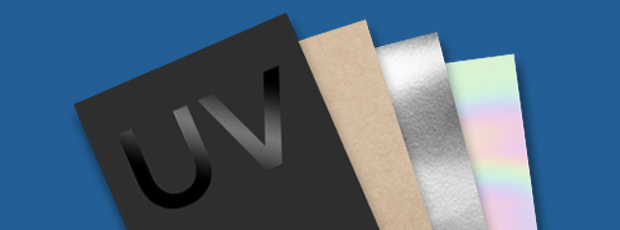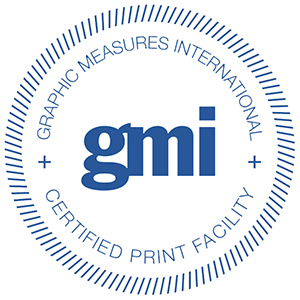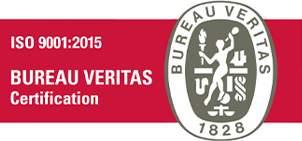When it comes to paper and film, the two biggest differences is cost and performance. Paper often has a lower price per label which makes it an attractive option for those with tight budgets, however, film is more durable and better suited for challenging applications.
That doesn’t mean that paper can’t be durable, but in comparison to film, its performance isn’t as strong. Both materials have their advantages and disadvantages – some product owners may find that the quality and cost of paper is a better fit for their project. Other product owners might need resilient labels for products that will encounter moisture, friction, abrasion, constant handling, chemical exposure, etc.

Less lustrous than film. However, a finish can add protection & sheen. Popular paper stock includes glossy white, metalized silver, matte.
Durable for most indoor applications. A laminate finish is recommended to provide moisture & scuff resistance.

Available in white, clear, & foil. White underprinting is typically done for clear and foil labels to make artwork opaque.
Moisture & abrasion resistant. Performs well with most indoor applications & some outdoor. A laminate finish increases durability. Also see permanent labels and repositionable labels.

Our quality assurance team inspects your labels through the entire printing process, checking for things like readability, barcode scannability, and print quality. Need color accuracy? We're GMI (Graphic Measures International) certified in color matching accuracy on our flexographic and digital printing presses.

Graphic Measures International
Quality + Color Consistancy = Packaging Excellence.

Bureau Veritas ISO 9001-2015
An international standard for quality management.
All labels and packaging pictured were printed by Consolidated Label and do not represent the finished product of the customer.